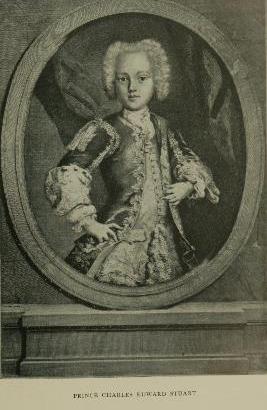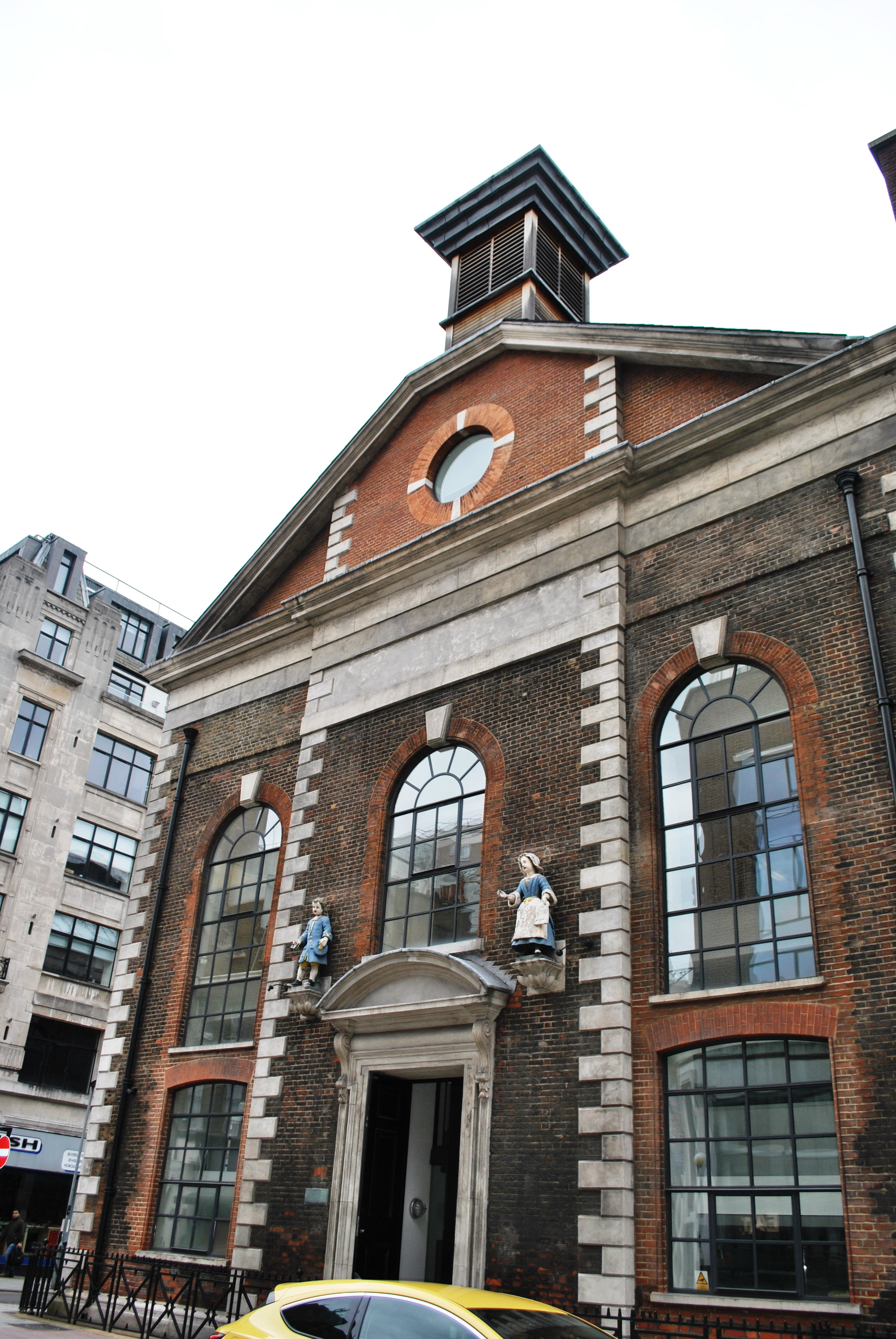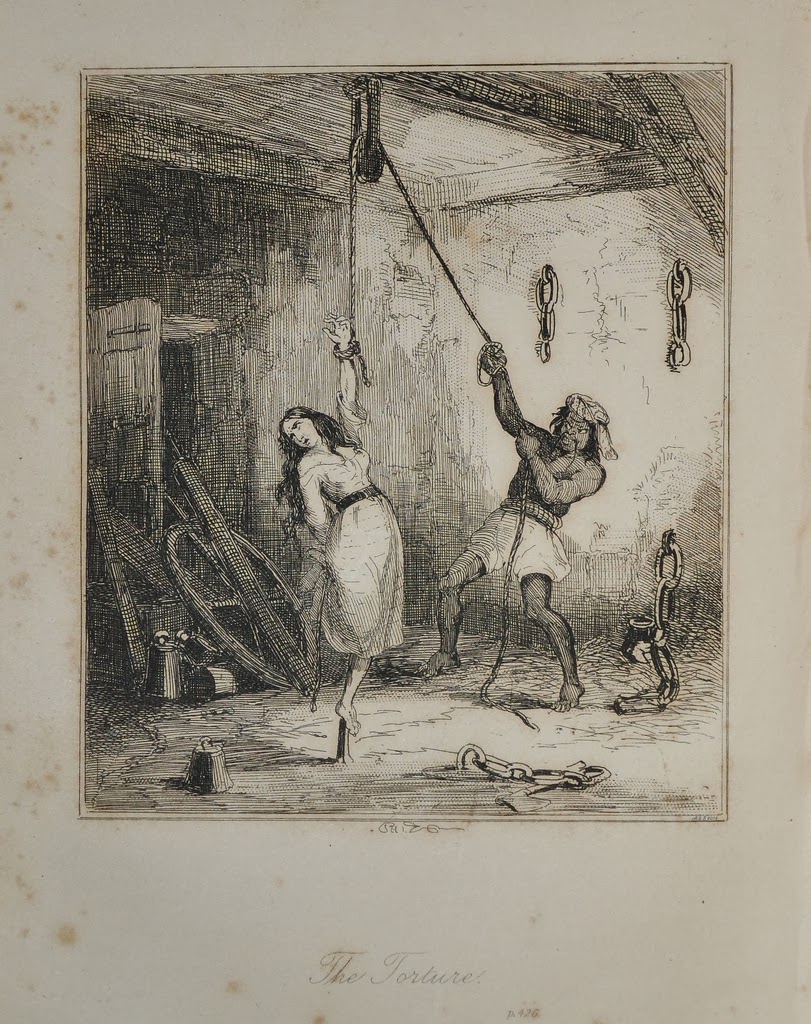|
March Of The Guards To Finchley
''The March of the Guards to Finchley'', also known as ''The March to Finchley'' or ''The March of the Guards'', is a 1750 oil-on-canvas painting by English artist William Hogarth, owned by and on display at the Foundling Museum. Hogarth was well known for his satirical works, and ''The March of the Guards to Finchley'' has been said to have given full scope to this sense of satire; it was described by Hogarth himself as "steeped in humour".Hogarth, p.231 The painting is a depiction of a fictional mustering of troops on the Tottenham Court Road to march north to Finchley to defend the capital from the second Jacobite rebellion of 1745, which was part of a series of uprisings that had been occurring since the late 17th century and were aimed at returning the Stuart Dynasty to the throne after the Glorious Revolution of 1688.Scott, p.455 It portrays the soldiers in a humorous light, placing exaggerated emphasis on their lack of training and respect for discipline. ''The March of th ... [...More Info...] [...Related Items...] OR: [Wikipedia] [Google] [Baidu] |
William Hogarth
William Hogarth (; 10 November 1697 – 26 October 1764) was an English painter, engraver, pictorial satirist, social critic, editorial cartoonist and occasional writer on art. His work ranges from realistic portraiture to comic strip-like series of pictures called "modern moral subjects", and he is perhaps best known for his series ''A Harlot's Progress'', ''A Rake's Progress'' and '' Marriage A-la-Mode''. Knowledge of his work is so pervasive that satirical political illustrations in this style are often referred to as "Hogarthian". Hogarth was born in London to a lower-middle-class family. In his youth he took up an apprenticeship with an engraver, but did not complete the apprenticeship. His father underwent periods of mixed fortune, and was at one time imprisoned in lieu of outstanding debts, an event that is thought to have informed William's paintings and prints with a hard edge. Influenced by French and Italian painting and engraving, Hogarth's works are mostly sat ... [...More Info...] [...Related Items...] OR: [Wikipedia] [Google] [Baidu] |
Scottish Highlands
The Highlands ( sco, the Hielands; gd, a’ Ghàidhealtachd , 'the place of the Gaels') is a historical region of Scotland. Culturally, the Highlands and the Lowlands diverged from the Late Middle Ages into the modern period, when Lowland Scots replaced Scottish Gaelic throughout most of the Lowlands. The term is also used for the area north and west of the Highland Boundary Fault, although the exact boundaries are not clearly defined, particularly to the east. The Great Glen divides the Grampian Mountains to the southeast from the Northwest Highlands. The Scottish Gaelic name of ' literally means "the place of the Gaels" and traditionally, from a Gaelic-speaking point of view, includes both the Western Isles and the Highlands. The area is very sparsely populated, with many mountain ranges dominating the region, and includes the highest mountain in the British Isles, Ben Nevis. During the 18th and early 19th centuries the population of the Highlands rose to around 300,000, but ... [...More Info...] [...Related Items...] OR: [Wikipedia] [Google] [Baidu] |
Foundling Hospital
The Foundling Hospital in London, England, was founded in 1739 by the philanthropic sea captain Thomas Coram. It was a children's home established for the "education and maintenance of exposed and deserted young children." The word "hospital" was used in a more general sense than it is in the 21st century, simply indicating the institution's "hospitality" to those less fortunate. Nevertheless, one of the top priorities of the committee at the Foundling Hospital was children's health, as they combated smallpox, fevers, consumption, dysentery and even infections from everyday activities like teething that drove up mortality rates and risked epidemics. With their energies focused on maintaining a disinfected environment, providing simple clothing and fare, the committee paid less attention to and spent less on developing children's education. As a result, financial problems would hound the institution for years to come, despite the growing "fashionableness" of charities like the hos ... [...More Info...] [...Related Items...] OR: [Wikipedia] [Google] [Baidu] |
Luke Sullivan
Luke Sullivan (born 30 March 1961, in Singapore) is an Australian visual artist most notable for his internationally controversial work, ''The Fourth Secret of Fatima''. Sullivan's practice is considered to be representative of Eclecticism, a European tangent of Postmodernism that emphasizes the artist's obligation to explore diverse subject matter, mediums and referencing. Since the 1990s, the movement has taken a more critical examination of social, political, religious and corporate institutions, and includes the UK's Tracey Emin and America's Tom Sachs. Since 2000, Sullivan's work has moved from a predominantly constructionist application of found objects and materials, to a more complex exploration of style and medium. Terrorism, Religious Symbolism and Iconography, Environmental degradation and social mores form much of Sullivan's subject matter. ''Rhythm Method'' 2007, a work referencing the only form of contraception approved by The Vatican, was exhibited at London' ... [...More Info...] [...Related Items...] OR: [Wikipedia] [Google] [Baidu] |
Engraving
Engraving is the practice of incising a design onto a hard, usually flat surface by cutting grooves into it with a Burin (engraving), burin. The result may be a decorated object in itself, as when silver, gold, steel, or Glass engraving, glass are engraved, or may provide an Intaglio (printmaking), intaglio printing plate, of copper or another metal, for printing images on paper as prints or illustrations; these images are also called "engravings". Engraving is one of the oldest and most important techniques in printmaking. Wood engraving is a form of relief printing and is not covered in this article, same with rock engravings like petroglyphs. Engraving was a historically important method of producing images on paper in artistic printmaking, in mapmaking, and also for commercial reproductions and illustrations for books and magazines. It has long been replaced by various photographic processes in its commercial applications and, partly because of the difficulty of learning th ... [...More Info...] [...Related Items...] OR: [Wikipedia] [Google] [Baidu] |
Jean-Antoine Watteau
Jean-Antoine Watteau (, , ; baptised October 10, 1684died July 18, 1721) Alsavailablevia Oxford Art Online (subscription needed). was a French painter and draughtsman whose brief career spurred the revival of interest in colour and movement, as seen in the tradition of Correggio and Rubens. He revitalized the waning Baroque style, shifting it to the less severe, more naturalistic, less formally classical, Rococo. Watteau is credited with inventing the genre of '' fêtes galantes'', scenes of bucolic and idyllic charm, suffused with a theatrical air. Some of his best known subjects were drawn from the world of Italian comedy and ballet. Early life and training Jean-Antoine Watteau was born in October 1684 in Valenciennes, once an important town in the County of Hainaut which became sequently part of the Burgundian and Habsburg Netherlands until its secession to France following the Franco-Dutch War. He was the second of four sons born to Jean-Philippe Watteau (1660–1720) and M ... [...More Info...] [...Related Items...] OR: [Wikipedia] [Google] [Baidu] |
The Gate Of Calais
''The Gate of Calais'' or ''O, the Roast Beef of Old England'' is a 1748 painting by William Hogarth, reproduced as a print from an engraving the next year. Hogarth produced the painting directly after his return from France, where he had been arrested as a spy while sketching in Calais. The scene depicts a side of beef being transported from the harbour to an English tavern in the port, while a group of undernourished, ragged French soldiers and a fat friar look on hungrily. Hogarth painted himself in the left corner with a "soldier's hand upon my shoulder." J. B. Nichols, 1833br>p.63 ''"I meant to display to my own countryman the striking difference of food, priests, soldiers, &c. of two nations"'' ... ''"The melancholy and miserable Highlander, browzing on his scanty fare, consisting of a bit of bread and an onion, is intended for one of th ... [...More Info...] [...Related Items...] OR: [Wikipedia] [Google] [Baidu] |
Picket (punishment)
The picket, picquet or piquet was a form of military punishment in vogue in the 16th and 17th centuries in Europe. It consisted of the offender being forced to stand on the narrow flat top of a peg for a period of time. The punishment died out in the 18th century and was so unfamiliar by 1800 that when the then governor of Trinidad, Sir Thomas Picton, ordered Luisa Calderon, a woman of European and African ancestry to be so punished, he was accused by public opinion in England of inflicting a torture akin to impalement. It was thought erroneously that the prisoner was forced to stand on the head of a pointed stake, and this error was repeated in the ''New English Dictionary''. The punishment required placing a wooden peg (of the sort used for tents or for a line for cavalry horses; "picket" etc. were originally alternative names for such pegs) in the ground with the exposed end facing upward. The malefactor was typically a private soldier who had disobeyed orders. One wrist was sus ... [...More Info...] [...Related Items...] OR: [Wikipedia] [Google] [Baidu] |
William Hogarth - O The Roast Beef Of Old England ('The Gate Of Calais') - Google Art Project
William is a masculine given name of Norman French origin.Hanks, Hardcastle and Hodges, ''Oxford Dictionary of First Names'', Oxford University Press, 2nd edition, , p. 276. It became very popular in the English language after the Norman conquest of England in 1066,All Things William"Meaning & Origin of the Name"/ref> and remained so throughout the Middle Ages and into the modern era. It is sometimes abbreviated "Wm." Shortened familiar versions in English include Will (given name), Will, Wills (given name), Wills, Willy, Willie, Liam, Bill (given name), Bill, and Billy (name), Billy. A common Irish people, Irish form is Liam. Scottish people, Scottish diminutives include Wull, Willie or Wullie (as in Oor Wullie or the play Douglas (play)#Theme and response, ''Douglas''). Female forms are Willa, Willemina, Wilma (given name), Wilma and Wilhelmina (given name), Wilhelmina. Etymology William is related to the German language, German given name ''Wilhelm''. Both ultimately descend ... [...More Info...] [...Related Items...] OR: [Wikipedia] [Google] [Baidu] |







